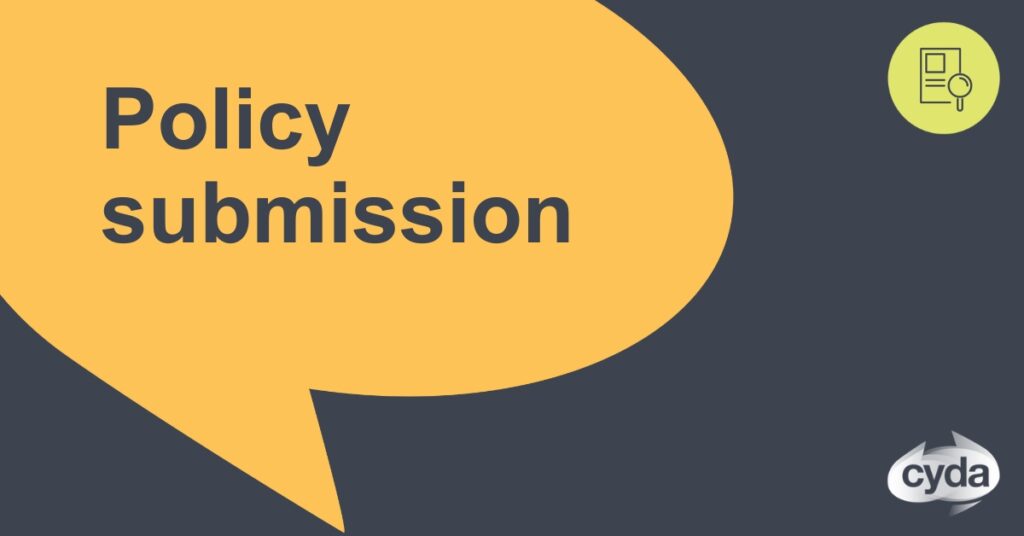⚠️ Content note: Discussion of ableism
" ... it's important for children to attend as much [school] as possible, and they [schools and teachers] aren't very flexible about this, because for some kids, like me, it's a case of quality versus quantity.”
Young person with disability
The Disability Standards for Education (DSE) have been in place for 18 years and the Disability Discrimination Act (DDA) since 1992. Neither the DDA, the DSE or any state or territory based polices ensure an equitable and quality education for students with disability.
Neither Programme for International Student Assessment (PISA) nor National Assessment Program – Literacy and Numeracy (NAPLAN) are appropriate measures of the educational experience and achievement of students with disability.
Download our full submission using the buttons above.


